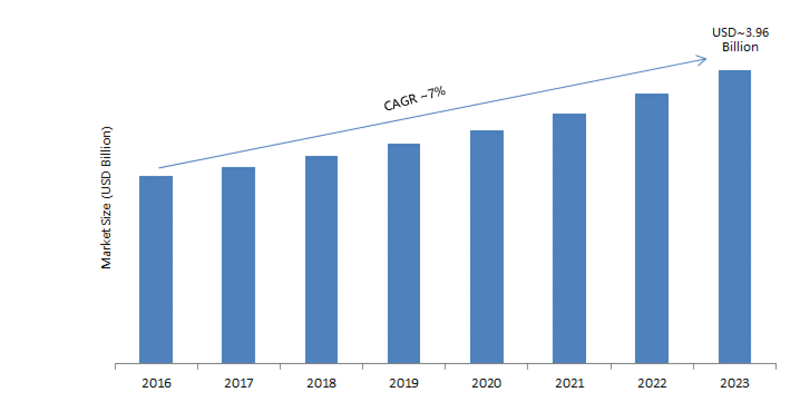Military Thermal Imaging Market Size is Anticipated to Reach at a USD 12.3 Billion 2032 with CAGR 4.43% by 2024-2032
Military Thermal Imaging Market Research Report –Global Forecast to 2032| MRFR
MRFR Press Release/- Market Research Future published a half cooked research report on Global Thermal Imaging Market. The Global Thermal Imaging Market is estimated to witness a CAGR of 4.43% from 2024 to 2032.
Thermal Imaging Market Scenario:
Thermal Imaging Market was valued at 7.97 USD Billion in 2022 and is projected to grow to 12.3 USD Billion by 2032, reflecting a CAGR of 4.43% from 2024 to 2032
Thermal imaging technology has been developed for military applications that provide soldiers with clear vision in low light conditions, such as in the evening or fogs, and military operations conducted at night. These technologies provide clear images on a display system through electronic signals that process the information gathered by the thermal imaging camera. The increased need for thermal inspections and monitoring in the military sector has led to increasing demand for the development of thermal imaging. The emergence of unmanned aerial vehicles in airborne thermal imaging will boost the market growth. The increased focus on technology advancement of thermal imaging will enable manufacturers to offer new growth opportunities to the market players. However, there are some shortcomings, such as export restrictions on military thermal imaging and additional detailing required for long wave infrared cameras, which will restrain the growth of this market. The market for thermal imaging market is estimated to witness a CAGR of 6% during the forecast period.
On the basis of region, the market is segmented into North America, Asia Pacific, Europe, the Middle East, and Latin America. In North America, the presence of thermal imaging product manufacturers and R&D centers in this region would boost the market. In the Asia Pacific region, there is a high demand for thermal imaging due to increasing deployment of thermal imaging technology in various military applications. There are several contracts have been done to bolster the growth of the market. In 2017, the Teledyne Technologies acquired E2v Technologies plc. to provide high performance image sensors, custom camera solutions, and application specific standard products for use in aerospace, space and communications applications. In 2016, FLIR Systems signed a contract with Hellenic Port Police to provide airborne thermal imaging systems for port security, coastal patrol, shipping protection, and general surveillance.
Access Report @ https://www.marketresearchfuture.com/reports/thermal-imaging-market-6277
Drivers:
 The scope of the Report
The scope of the Report
This study provides an overview of the Global Thermal Imaging Market, tracking four market segments across five geographic regions. The report studies key players, providing a five-year annual trend analysis that highlights market size, volume, and share for North America, Europe, Asia Pacific (APAC), Middle East & Africa and Latin America. The report also provides a forecast, focusing on the market opportunities for the next five years for each region. The scope of the study segments the global thermal imaging market by its type, application, end user, platform, and region.
By Type
- Camera
- Module
- Scope
By Application
- Security & Surveillance
- Monitoring & Inspection
- Target Detection
- Situational Awareness
- Others
By End User
- Naval
- Airborne
- Land
By Platform
- Man-Portable
- Fixed Mounted
By Region
- North America
- Europe
- Asia Pacific
- Middle East & Africa
- Latin America
Key Players
The key players in global thermal imaging market are FLIR Systems Inc. (U.S.), Teledyne Technologies Inc. (U.S.), Lockheed Martin Corporation (U.S.), Leonardo (Italy), BAE Systems (U.K), L3 Technologies Inc. (U.S.), Thales Group (France), Sofradir (France), Raytheon Company (U.S.), Harris Corporation (U.S.), and General Dynamics Mission Systems Inc (U.S.).